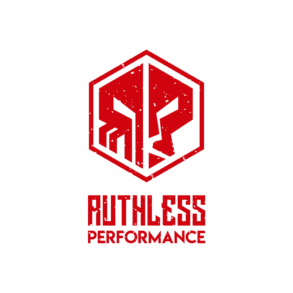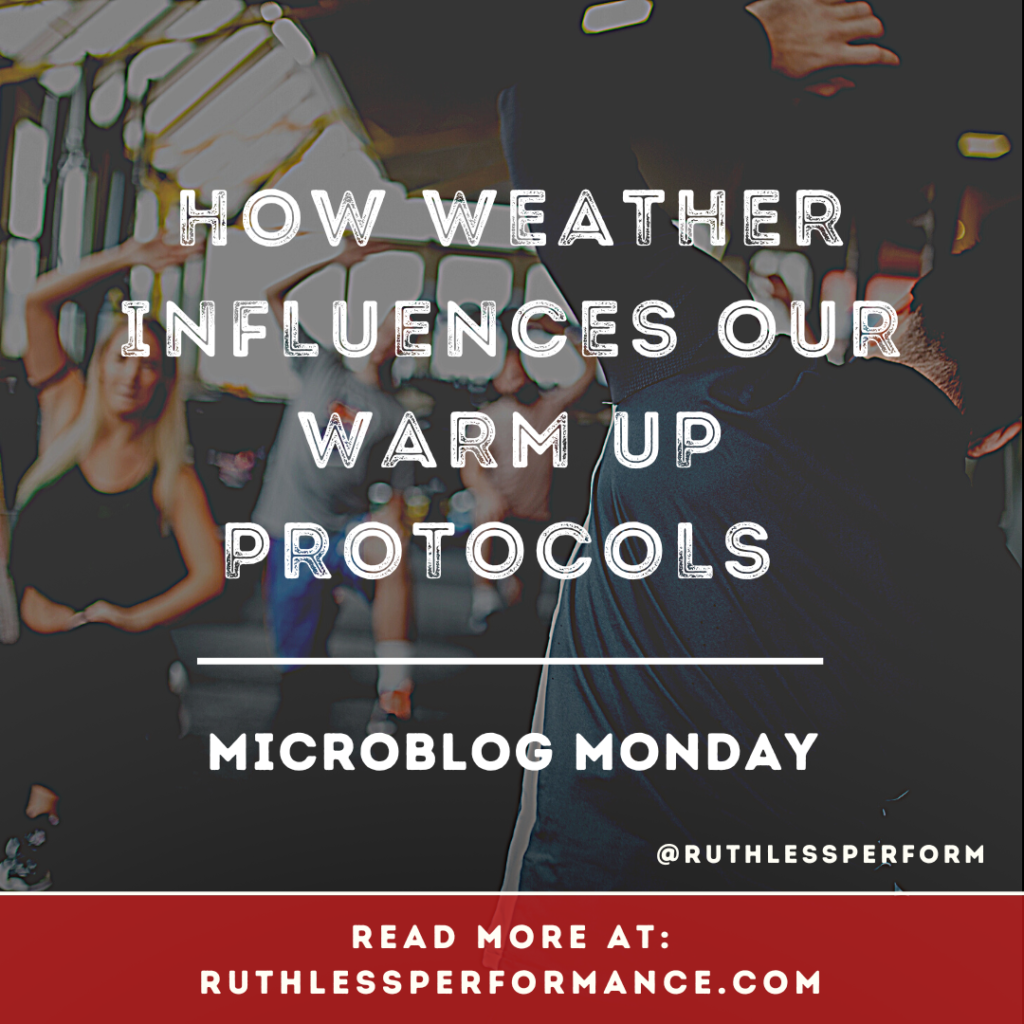Its mid-December and we’re finally starting to see some cooler temps and snow on the ground in east-central Pennsylvania. This change isn’t just an aesthetic shift–throughout the winter our warm ups morph as temperatures plumit.
We try to accomplish a handful of objectives during our warm ups. Though each person in our individualized programs will have their own warm up, the goals remain relatively constant during this period of a workout. In the warm up we are trying to: mobilize joints, activate muscles, address asymmetries/weaknesses, and of course–elevate the body temperature.
If we have a client who we regularly see early in the mornings, we’ll give them a slightly more intensive warm up. This is also true for desk-jockey type clients who aren’t very physically active outside of their workouts.
In a similar vein, we’ll make warm ups more intensive as temperatures go down outside. We typically (year-round) start our warm-ups with a ‘catch all’ exercise like a spiderman crawl, bear crawl, overhead squat with a PVC pipe, etc.. What we’re looking for is movement. Movement creates friction, friction creates heat, heat improves central nervous system function and joint preparedness. But during the winter months we may add in additional compound exercises to the beginning of the program to ensure that the athlete is ready.
Cold athletes lead to less-than-optimal performance in the best case scenario and injury in a worst-case scenario.
Notice how above I said that we make warm-ups more intensive, not longer. To begin with, our normal baseline for a warm up is 5 exercises which an athlete will repeat every time they’re with us for a full four-week cycle. This is followed usually by two activation drills which are more specific to their main lifts that day or major weaknesses which need a whole chunk of the workout to address.
As it gets colder, we’ll preferentially select for more compound exercises rather than some smaller isolated exercises which we may do more in the summer when we can focus on the warm-up’s secondary goals of mobilizing joints and activating muscles because during the summer warming up body temp is hardly an issue.
For instance, if we want to give an athlete more overhead work in their warm up during the winter, we may give them a PVC sotts press rather than a ‘Y’ Raise simply because they have to move around more to get into the set up.
When its cold, move more for better workouts. That same routine that you’ve been doing since July might not be getting it done. We change ours every 4-weeks.
Just something to think about.
-John
Questions? Contact Us.

